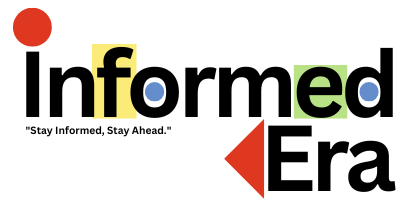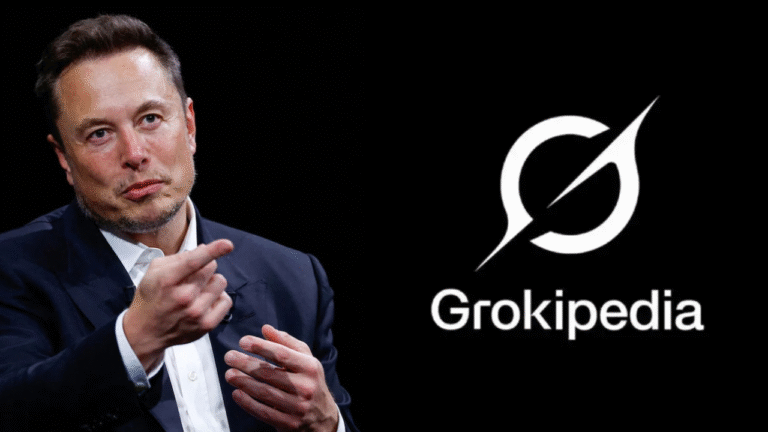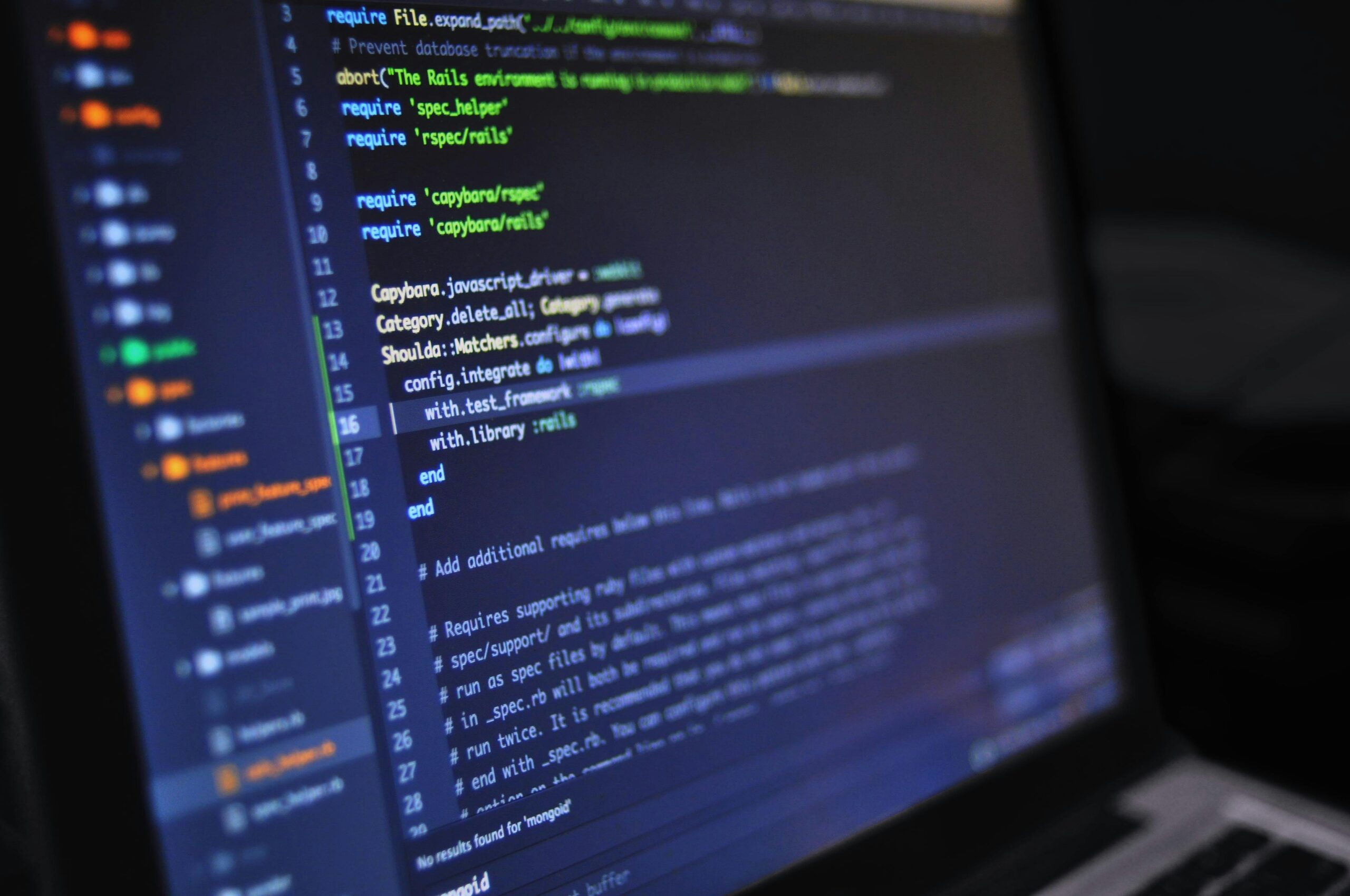
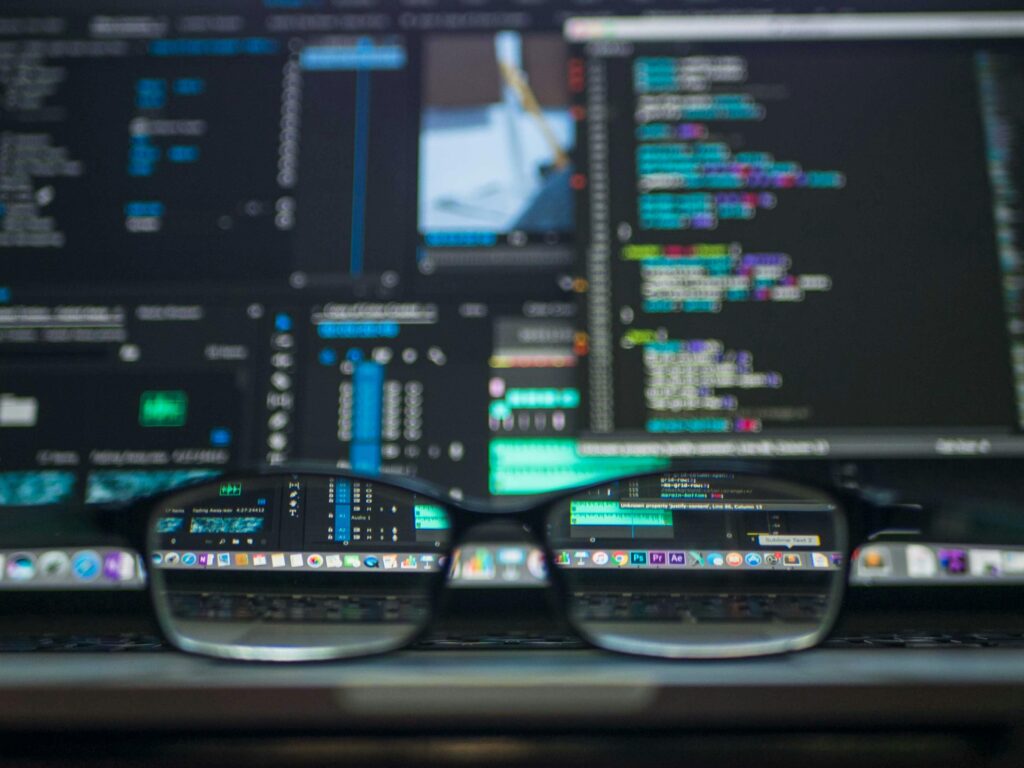
Quantum Computing vs Classical Computing: A Simple Explanation
In today’s world, computers are integral to our everyday lives, encompassing everything from smartphones and laptops to cloud storage and artificial intelligence. However, not all computers function in the same manner. There are two primary types of computing: classical computing and quantum computing. While classical computing is what the majority of us utilize on a daily basis, quantum computing represents a groundbreaking technology that has the capability to transform everything.
To comprehend how quantum computing varies from classical computing, let’s simplify the fundamentals of each and examine their operations.
What is Classical Computing?
Classical computing represents the conventional type of computing that most individuals recognize. It’s the form of computing that powers gadgets such as laptops, desktops, and smartphones. Classical computers handle information using bits, which serve as the smallest unit of data.
What are Bits? A bit is a binary digit that can be in one of two possible conditions: 0 or 1. Imagine it like a light switch—either it’s off (0) or it’s on (1). Everything you perform on your computer, whether watching a movie or executing a program, involves the manipulation of combinations of these 0s and 1s.
Classical computers utilize bits to symbolize and process data. These computers carry out operations on bits in sequences that adhere to very specific regulations, enabling them to perform calculations, resolve issues, and run applications. However, since each bit can only occupy one state at any given time, classical computers face limitations regarding the speed at which they can handle particular types of complex problems.
For instance, if a classical computer must tackle a large optimization issue—like determining the optimal route for delivery trucks—it may need to evaluate every individual route one by one. This task can take an extraordinarily long time as the number of potential solutions escalates.
What is Quantum Computing?
Quantum computing presents a fundamentally distinct methodology to computing that is still under development but holds the promise of addressing problems that classical computers find challenging. Rather than using bits, quantum computers employ qubits, which are the essential units of quantum information.
What are Qubits? A qubit (quantum bit) resembles a classical bit, but it can exist in a significantly wider array of states. Unlike classical bits, which can solely be 0 or 1, a qubit can inhabit multiple states simultaneously due to the characteristics of quantum mechanics, particularly the principle of superposition.
This indicates that a qubit can be both 0 and 1 concurrently, similar to a spinning coin. As the coin spins, it’s not merely heads or tails—it is both. Once it lands, it takes on a single state, either heads or tails, but prior to landing, it exists as both.
In addition to superposition, qubits also display another quantum characteristic known as entanglement. When two qubits are entangled, the state of one qubit relies on the state of the other, regardless of the distance separating them. This connection enables quantum computers to execute numerous calculations at the same time and address complex issues more rapidly than classical computers.
How Do Quantum Computers Function?
To grasp how quantum computers function, we must examine the two fundamental principles of quantum mechanics that they depend on: superposition and entanglement.
Superposition: As stated previously, superposition permits a qubit to represent both 0 and 1 simultaneously. This capability enables quantum computers to investigate many potential solutions to a problem concurrently, rather than sequentially like classical computers do. This feature grants quantum computers tremendous computational power, particularly when tackling problems with large numbers of variables.
Entanglement: When qubits become entangled, the state of one qubit is directly associated with the state of another. This association can persist even when the qubits are separated by great distances. Measuring one qubit instantaneously determines the state of the other, irrespective of the gap. Entanglement empowers quantum computers to execute highly intricate computations and transfer information more swiftly than classical systems.
Key Differences Between Classical and Quantum Computing
Now that we have a fundamental grasp of how classical and quantum computers operate, let’s examine the principal distinctions between them.
1. Bits vs Qubits
Classical Computing: Classical computers utilize bits as the smallest unit of information. A bit can be either 0 or 1, and all calculations are performed using combinations of these bits.
Quantum Computing: Quantum computers employ qubits. A qubit can be both 0 and 1 simultaneously (superposition), enabling quantum computers to carry out numerous calculations in parallel.
2. Processing Power
Classical Computing: Classical computers process information one bit at a time. While they are exceptionally quick at executing simple tasks, they slow down as problems grow more complex and the number of possibilities increases.
Quantum Computing: Quantum computers, owing to superposition, can handle a vast array of possibilities at the same time. This renders them potentially much more powerful than classical computers for specific types of problems, such as factoring large numbers, simulating molecular behavior, or optimizing intricate systems.
3. Problem Solving Approach
Classical Computing: Classical computers tackle problem-solving in a linear manner. For instance, if they must address a problem with many possible solutions, they will evaluate each possibility one by one until they identify the answer. This method can be time-consuming for large problems.
Quantum Computing: Quantum computers address problems by utilizing quantum algorithms that can examine multiple solutions simultaneously. This parallel processing capability enables them to confront problems that would be virtually impossible for classical computers to resolve within a reasonable timeframe.
4. Applications
Classical Computing: Classical computers excel at various tasks, including word processing, web browsing, gaming, and beyond. They are designed for general-purpose computing and are remarkably efficient for daily activities.
Quantum Computing: Quantum computers are most effective for specialized, intricate tasks. They thrive at dealing with large datasets, such as optimizing supply chains, simulating molecules for drug discovery, and decoding encryption. Quantum computers remain in the initial phases of development, and their uses are under investigation in research and highly specialized sectors.
5. Error Rates and Stability
Classical Computing: Classical computers exhibit exceptional stability and reliability. Bits are highly stable and do not alter unless intentionally modified by the computer’s software or hardware.
Quantum Computing: Quantum computers are significantly more susceptible to errors due to their environmental sensitivity. Qubits can easily lose their quantum state as a result of elements like temperature, electromagnetic fields, or noise. This phenomenon is referred to as decoherence. Error correction methods are still being researched to enhance the stability of quantum computers.
6. Speed and Efficiency
Classical Computing: Classical computers can operate very quickly, especially due to improvements in processors and memory. However, for specific tasks, they will ultimately encounter limitations regarding how swiftly they can process large datasets or resolve complex issues.
Quantum Computing: Quantum computers promise to address certain problems at a considerably faster rate compared to classical computers. For instance, a quantum computer could theoretically factor large numbers significantly quicker than classical computers, which would greatly influence areas such as cryptography.
Real-World Impact of Quantum Computing
Although classical computers have been remarkably effective in aiding us to resolve a diverse array of issues, there are still numerous problems that remain unattainable for them. Quantum computing has the capability to transform industries such as:
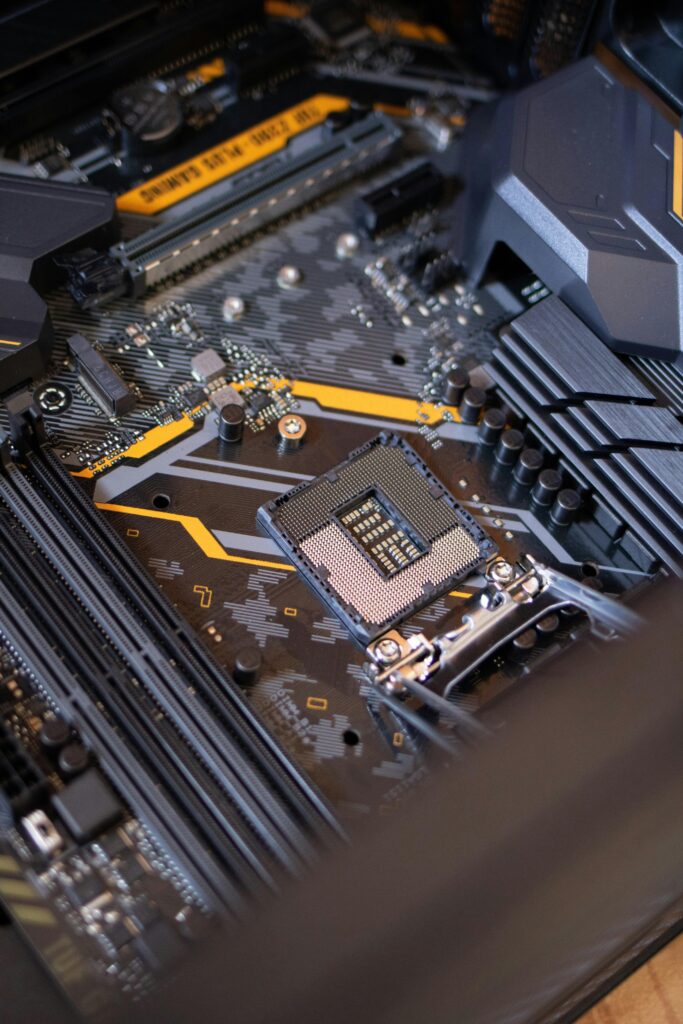
Cryptography: Quantum computers might compromise traditional encryption methods, necessitating the development of quantum-resistant encryption strategies.
Drug Discovery: Quantum computers could accurately simulate molecular structures and chemical reactions, thereby accelerating the process of drug discovery.
Artificial Intelligence: Quantum computing could enhance the speed of machine learning algorithms, allowing AI systems to progress more quickly and effectively.
Optimization: Quantum computers could improve complex systems, like traffic patterns or supply chains, thereby increasing efficiency across various sectors.
To summarize, classical computing and quantum computing illustrate two fundamentally distinct methodologies for processing information. Classical computers employ bits to execute calculations sequentially, whereas quantum computers utilize qubits that can exist in multiple states at the same time, allowing them to consider numerous possibilities simultaneously
While classical computers are outstanding for routine tasks, quantum computers are anticipated to tackle highly complex problems that exceed the capabilities of classical machines.
Although quantum computing is currently in its initial phases, it has the potential to transform industries and address some of the globe’s most urgent issues. While classical computers will remain in use, quantum computing might evolve into a crucial instrument for tackling problems that classical computers struggle to manage effectively. As research and progress persist, we can anticipate more thrilling advancements in this groundbreaking area.
